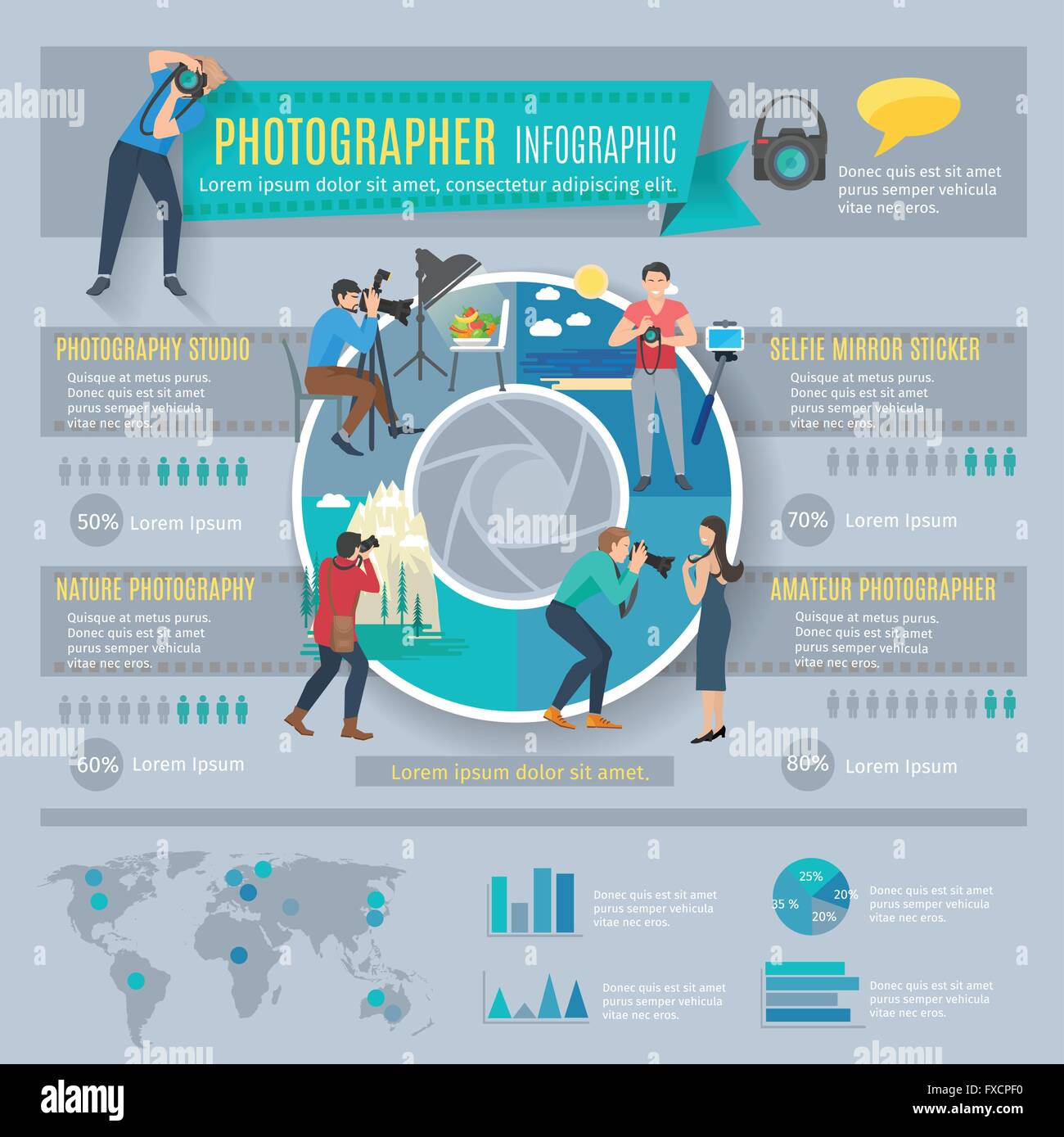Digital Photography Tips For Beginners: Grasping Your Electronic Camera In No Time
Digital Photography Tips For Beginners: Grasping Your Electronic Camera In No Time
Blog Article
Content Produce By-Lyons Odgaard
When you initially get your camera, it can really feel overwhelming with all the setups and options offered. You could find yourself questioning just how to browse aperture, shutter speed, and ISO efficiently. Mastering these basics is crucial, however there's more to digital photography than just technical knowledge. Comprehending structure techniques and lights conditions can elevate your images drastically. So, what happens if you could find out basic techniques to enhance your skills and begin catching impressive pictures earlier than you assume? Let's explore how to change your digital photography trip.
Comprehending Cam Settings
Understanding your cam settings is vital for catching stunning pictures. When you get your camera, familiarize yourself with the 3 main settings: aperture, shutter rate, and ISO. Each plays an essential function in exactly how your pictures end up.
Start with aperture, which controls the quantity of light entering the lens. A broader aperture (lower f-number) allows a lot more light and develops a beautiful history blur, perfect for portraits. Conversely, a narrower aperture (greater f-number) keeps more of the scene in emphasis, suitable for landscapes.
Next, focus on shutter speed. This setup identifies the length of time your camera's sensor is revealed to light. A fast shutter speed ices up motion, which is fantastic for activity shots, while a slow shutter speed can produce stunning effects like smooth water in landscapes.
Last but not least, change your ISO. This setting influences your camera's level of sensitivity to light. A greater ISO works in low-light scenarios but can present noise or grain. Aim for the lowest ISO possible while still achieving appropriate direct exposure.
Make-up Techniques
When you're out shooting, structure can make all the difference in how your pictures resonate with visitors. Begin by using the guideline of thirds; picture your framework divided into nine equal sections with 2 horizontal and two vertical lines. Placement key elements along these lines or at their intersections to produce equilibrium and passion.
Next off, take into consideration leading lines. These all-natural lines in your scene, like roads or rivers, draw the audience's eye into the photo, directing them via the story you're telling.
Don't ignore framing; use components within your scene, like trees or windows, to produce a structure around your topic, adding depth and emphasis.
Also, watch on your history. A cluttered history can distract from your main topic, while a simple one aids it stand out.
Last but not least, explore balance and patterns; they can create a striking image that catches attention.
Learning Lights Conditions
Grasping lighting problems is critical for recording spectacular photographs, as the appropriate light can change an average scene into something amazing.
Begin by observing https://www.theguardian.com/environment/2020/jan/28/what-plant-milk-should-i-drink-almond-killing-bees-aoe at different times of the day. https://blogfreely.net/odis1rick/exactly-how-to-discover-your-special-design-as-a-digital-photographer and late afternoons supply the best light, called the golden hour. The soft, cozy tones throughout these times can improve your photos beautifully.
Don't avoid overcast days either; diffused light can decrease rough shadows and produce a pleasing result, especially for portraits.
Try out backlighting by positioning your subject versus the light. This technique can develop a wonderful halo effect and add deepness to your images.
Pay attention to your electronic camera setups also. Readjust the ISO, aperture, and shutter speed to fit the illumination conditions. https://postheaven.net/chanell4madelene/usual-blunders-new-photographers-make-and-just-how-to-stay-clear-of-them can assist in reduced light, however be cautious of grain.
Make use of a tripod in darker environments to stay clear of blur.
Lastly, do not neglect artificial illumination. Flash and continual lights can be great devices for controlling light in tough conditions.
Verdict
To conclude, mastering your cam doesn't have to be frustrating. By comprehending your settings, applying structure techniques, and harnessing the power of natural light, you'll promptly elevate your digital photography skills. Keep in mind, exercise makes perfect, so get out there and explore your newfound expertise. With photo studio near me and commitment, you'll be recording spectacular images that reflect your one-of-a-kind point of view. Take pleasure in the journey, and don't forget to have fun while you go to it!
